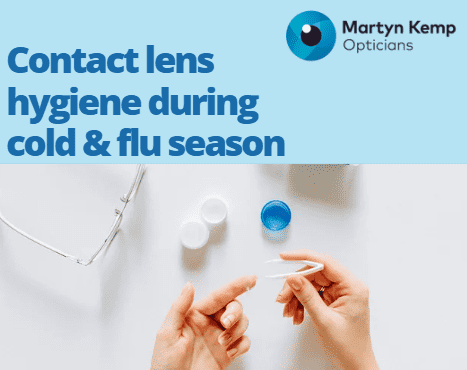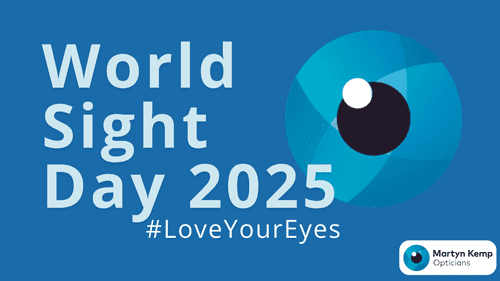Back to School Eye Examinations
Although children are just about to break up for their summer holidays, you are probably already thinking about everything they need for the school year ahead – uniforms, shoes, lunchboxes, stationery. But have you included an eye examination on your list?

Children have spent a lot of time indoors over the last year between home-schooling and the various lockdowns meaning digital device usage and near work have increased dramatically. A national health survey in Canada discovered that in the early lockdowns, 8-year-olds were spending an average of 5 hours extra per day on digital devices alongside screen time needed for schoolwork. The reduction in spending time outdoors or taking part in activities that do not require near focus could contribute to vision problems such as myopia and eye strain and have an impact on sleep.
Regular eye examinations are important as our optometrists will assess the health of the eye as well as checking your child’s prescription. A child can have an eye examination from any age, however from school age is more than suitable unless there are any concerns about your child’s vision at a younger age. Children under 16 are entitled to an NHS eye examination once a year, unless advised differently by the optometrist.
It can be difficult to know whether your child is having any problems with their vision, especially when they are young. Here are a few signs that parents and teachers can look out for that may indicate an eye examination is required.
· Sitting too close to the TV or holding a book or device too close to their eyes.
· Squinting to focus.
· Rubbing the eyes excessively.
· Complaining of regular headaches or eye pain.
· Finding concentrating in school difficult and copying information incorrectly.
The pandemic has had a huge impact on eye health and may have further contributed to the myopia epidemic due to the increased amount of near work and screen time. Researchers in China have found a considerable shift in myopia in children aged 6-8 due to being confined at home. Myopia, also known as short-sightedness, is predicted to affect at least 50 percent of the population globally by 2050. Children with parents who have myopia have a higher probability of developing the condition, than those without. It is important to diagnose and manage myopia as early as possible to prevent the development of long-term eye conditions such as glaucoma and myopic maculopathy later in life.
For more information about children’s eye examinations, or any of the information above you can contact your local MKO and speak to a member of our team today.




